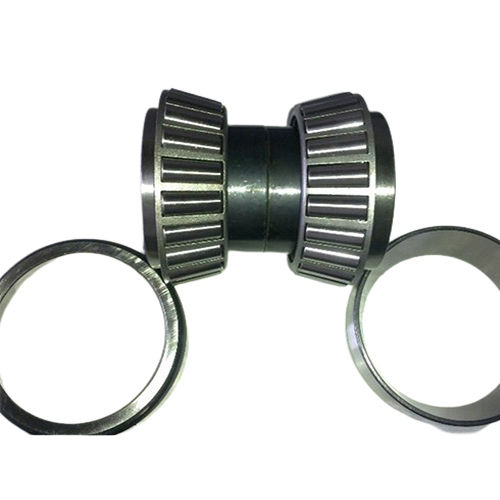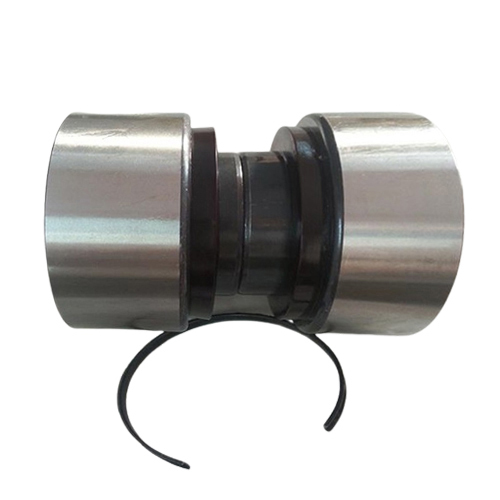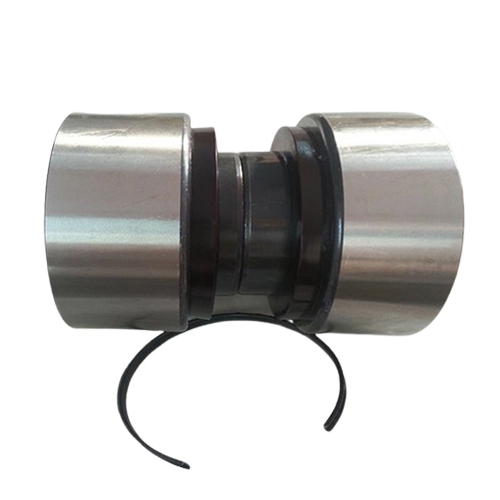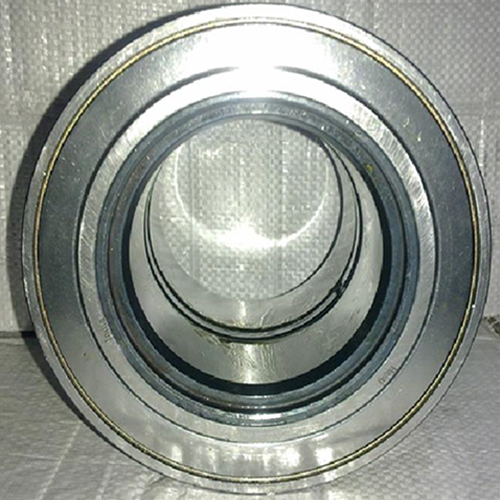2 Bearings With Lock Ring
1800 INR/Set
Product Details:
- Application Truck Wheel and roller
- Material SAE52100
- Basic Dimensions (mm) 120.00 X 165.00 X 123.00
- Mass 4.620 Kilograms
- Warranty Yes
- Click to View more
X
2 Bearings With Lock Ring Price And Quantity
- 1800 INR/Set
- 50 Set
2 Bearings With Lock Ring Product Specifications
- Truck Wheel and roller
- 4.620 Kilograms
- 120.00 X 165.00 X 123.00
- SAE52100
- Yes
2 Bearings With Lock Ring Trade Information
- Cash in Advance (CID) Letter of Credit (L/C)
- 500 Set Per Month
- 30 Days
- Yes
- Sample costs shipping and taxes has to be paid by the buyer
- Individual Packing For Each Kit
- Asia Australia Central America North America South America Eastern Europe Western Europe Middle East Africa
- All India Dadra and Nagar Haveli Assam Sikkim Jammu and Kashmir Tamil Nadu Madhya Pradesh Gujarat Delhi Himachal Pradesh Daman and Diu Uttarakhand Goa Nagaland Uttar Pradesh Lakshadweep West India Maharashtra Karnataka Manipur Jharkhand West Bengal Arunachal Pradesh Chhattisgarh Punjab South India East India Odisha Telangana Rajasthan Mizoram Bihar Andhra Pradesh Meghalaya Tripura Andaman and Nicobar Islands North India Kerala Pondicherry Central India Haryana Chandigarh
- ISO:2015
Product Description
-
Bearings:
- Purpose: Bearings are mechanical components designed to support rotating or sliding parts and reduce friction between moving parts in a machine. They facilitate smooth motion, improve efficiency, and extend the lifespan of machinery.
- Types: The kit could include different types of bearings such as:
- Ball Bearings: Use balls to maintain the separation between the bearing races. They are suitable for applications with lighter loads and higher speeds.
- Roller Bearings: Use cylindrical rollers instead of balls, providing a larger contact area for higher load capacities. Suitable for heavier loads and slower speeds.
- Needle Bearings: A type of roller bearing with long, thin cylindrical rollers. They are suitable for applications with limited radial space but higher load capacities.
- Material: Bearings are generally made from high-grade steel (such as chrome steel) for durability, high load-bearing capacity, and resistance to wear and corrosion. Some bearings may also be made from stainless steel or ceramic for specialized applications.
- Common Applications: Wheel hubs, gearboxes, electric motors, pumps, and various industrial machinery.
-
Lock Rings (Retaining Rings or Snap Rings):
- Purpose: Lock rings, also known as retaining rings or snap rings, are used to hold components in place on a shaft or inside a bore. They prevent axial movement and keep the bearings or other parts securely in position.
- Types:
- Internal Lock Rings: Fit into a groove inside a bore or housing to retain a bearing or other component.
- External Lock Rings: Fit into a groove on the outside of a shaft to secure components like bearings in place.
- Material: Typically made of spring steel or stainless steel for strength, flexibility, and corrosion resistance.
- Common Applications: Automotive axles, gearboxes, electric motors, and various mechanical assemblies where securing components in place is crucial.
FAQs about 2 Bearings with Lock Ring
-
What is the purpose of using a lock ring with a bearing?
- Lock rings are used to keep bearings securely in place, preventing them from moving axially along a shaft or inside a housing. This ensures that the bearing remains in the correct position and operates smoothly without causing additional wear or damage to other components.
-
How do I determine if I need to replace my bearings and lock rings?
- Bearings should be replaced if there are signs of wear, such as unusual noise (grinding or squeaking), increased vibration, overheating, or visible damage (pitting, spalling). Lock rings should be replaced if they are bent, deformed, corroded, or if they no longer provide a secure fit.
-
Can the bearings be used without the lock rings?
- While some bearings can be used without lock rings in applications where axial movement is not a concern, it's generally recommended to use lock rings for added security, especially in high-speed or high-load applications.
-
How are lock rings installed and removed?
- Lock rings are installed by compressing or expanding them slightly (depending on whether they are internal or external) and then fitting them into a groove on the shaft or inside the bore. Specialized pliers, such as snap ring pliers, are often used for installation and removal.
-
Are the bearings in the kit pre-lubricated?
- This depends on the specific type of bearings included in the kit. Many bearings come pre-lubricated with grease for easy installation and use. However, some bearings may require lubrication before use, especially if used in high-speed or high-load applications. It's important to check the manufacturer's specifications.
-
What are the common applications for bearings with lock rings?
- Bearings with lock rings are commonly used in applications where precise positioning and secure mounting are essential, such as in automotive wheel hubs, gearboxes, electric motors, industrial machinery, and various mechanical assemblies.
-
What is the difference between internal and external lock rings?
- Internal lock rings are designed to fit inside a bore or housing groove to hold a bearing or other component in place, while external lock rings are designed to fit onto a shaft's groove to secure components externally. The choice between internal and external lock rings depends on the specific assembly requirements.
-
How do I know if the bearings and lock rings are compatible with my machine?
- Compatibility depends on the size (inner and outer diameters, width), load capacity, and type of bearing required for your specific application. You should refer to your machine™s specifications or consult with a professional to ensure the correct bearings and lock rings are selected.
-
Can I reuse the lock rings after removing them?
- It is generally not recommended to reuse lock rings after they have been removed, especially if they have been deformed or damaged during removal. It's best to replace them with new ones to ensure a secure fit and reliable operation.
-
Do the bearings and lock rings come in different sizes?
- Yes, bearings and lock rings come in various sizes to accommodate different shaft diameters and bore dimensions. It's essential to choose the correct size to ensure proper fit and function.
Tell us about your requirement

Price:
Quantity
Select Unit
- 50
- 100
- 200
- 250
- 500
- 1000+
Additional detail
Mobile number
Email

 Send Inquiry
Send Inquiry





